
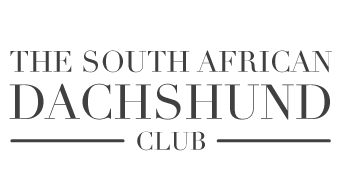

Colour Genetics
Recessive and Dominant GenesMendel’s Law applies to all aspects of dog breeding be it an inherited coat colour or a health problem. It can best be described as what you see is dominant and what you cannot see is recessive, however when two recessive genes come together they produce the hidden gene expressed either in coat colour, structure or health issues.
If we firstly address coat colour the following rules apply
Red is dominant to black and tan and both are dominant to chocolate and tan. If you mate two reds together all the progeny will be red. If you mate two black and tans together all the progeny will be black and tan provided all the ancestors are of the same colour. However if you mate two black and tans together and any of their parents etc are red then you will get both black and tan and red progeny. To keep the rich tan colour in the black and tan it is recommended that every few generations that they be mated to red to improve the colour.
Chocolate and tan can only be reproduced if the colour is carried by both parents, i.e. if the one parent was chocolate and tan and the other black and tan carrying the chocolate gene then a percentage of the litter will be chocolate and tan. If the black and tan parent does not carry this colour then all the progeny will be black and tan. It is not recommended to mate chocolate and tan to red as apart from all the progeny being red they will carry the chocolate gene which includes the brown or flesh coloured nose, pale toe nails and light eyes.
This will then appear in future generations where red progeny are produced with brown noses which is against the breed standard which states all red coloured dogs must have black pigmentation on the nose, around the eyes and the nails. Wild boar which is a brindle colour normally only found in wire haired dachshunds is dominant to red. It is sometimes seen in the smooth haired variety but normally the dog is a recessive smooth bred from wire haired parents. Recessives with regard to structure and health work in the same way with two normal dogs mated together producing progeny with structural faults or health problems. This is because back in the pedigree of both the sire and the dam this fault was bred in. The most common structural recessive is incorrect dentition, i.e. the teeth do not fit together properly in a scissor bite. In health issues the most common problem is back paralysis in all varieties and in miniatures progressive retinal atrophy or PRA for short.
Fortunately nowadays we have a DNA test for PRA which gives the result as either clear, carrier or affected. Until recently a lot of guess work and historical information was used to try and eliminate this fault but because we are now able to distinguish the recessive gene we can choose a mate for our dog with the certainty of knowing that we are not mating two carriers together as they will produce a whole litter of affected progeny. Refer to the club pamphlet on PRA for more details or read up about it on www.dachshund.co.za
IVDD – Inter veritable disc disease, commonly known as back paralysis in dachshunds has no DNA marker but there are special x-rays available between 24 and 42 months to determine the number of calcifications in the spinal column. We have had nothing like this before so it will become a very useful breeding tool in future breeding selection. You can read up about it on our web site www.dachshund.co.za This normally is a late onset disease and carried as a recessive gene.
In closing I cannot emphasise enough that breeders should investigate all aspects of the pedigree of the dogs used for breeding by finding out as much about the ancestors as possible with regards to colour, coat and health problems. The easiest way to do this is to set up your pedigrees on Excel so you can make notes against every ancestor on the pedigree. The more information you have hopefully the fewer surprises you will encounter along the way.
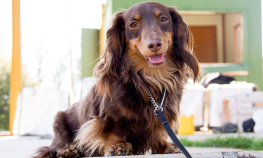
Photo: Sonelle / Megabits ISP
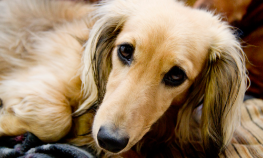
Photo: Sonelle / Megabits ISP
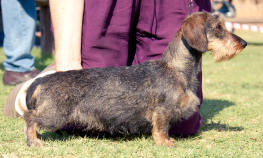
Photo: Sonelle / Megabits ISP
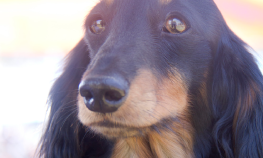
Photo: Sonelle / Megabits ISP
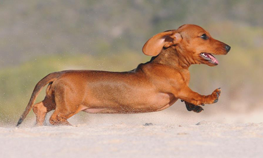
Photo: Johann Theron / Animaltalk